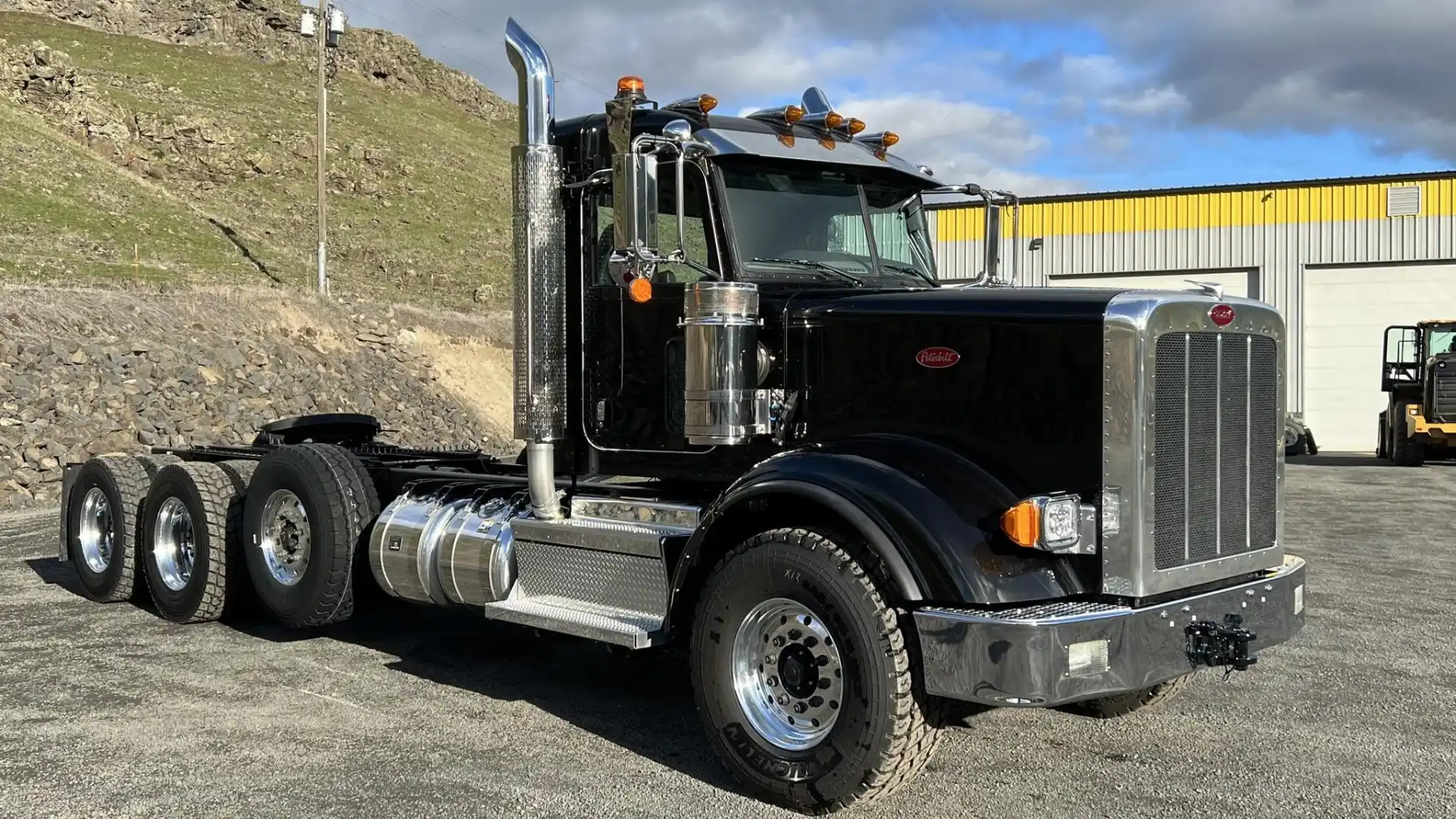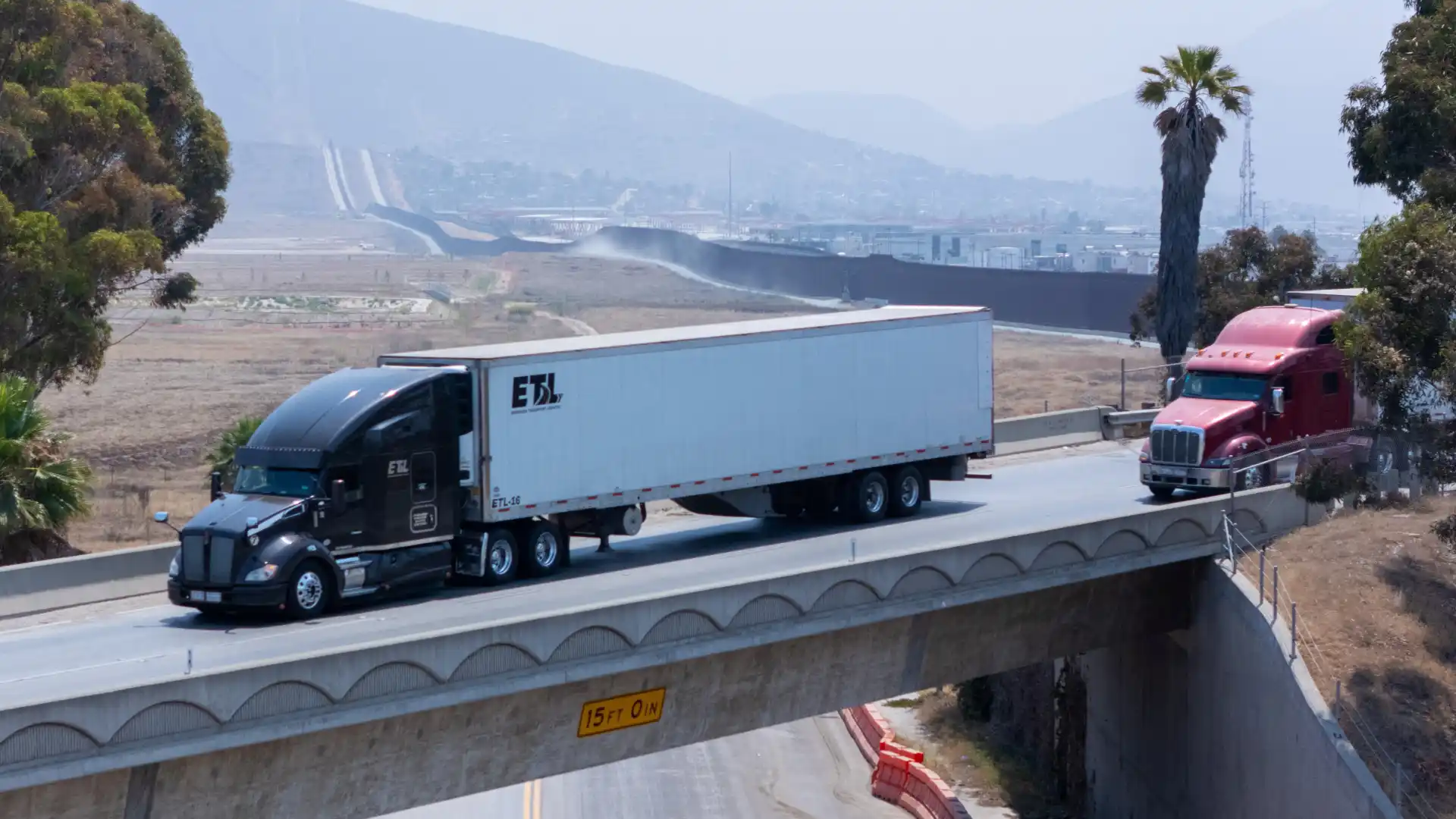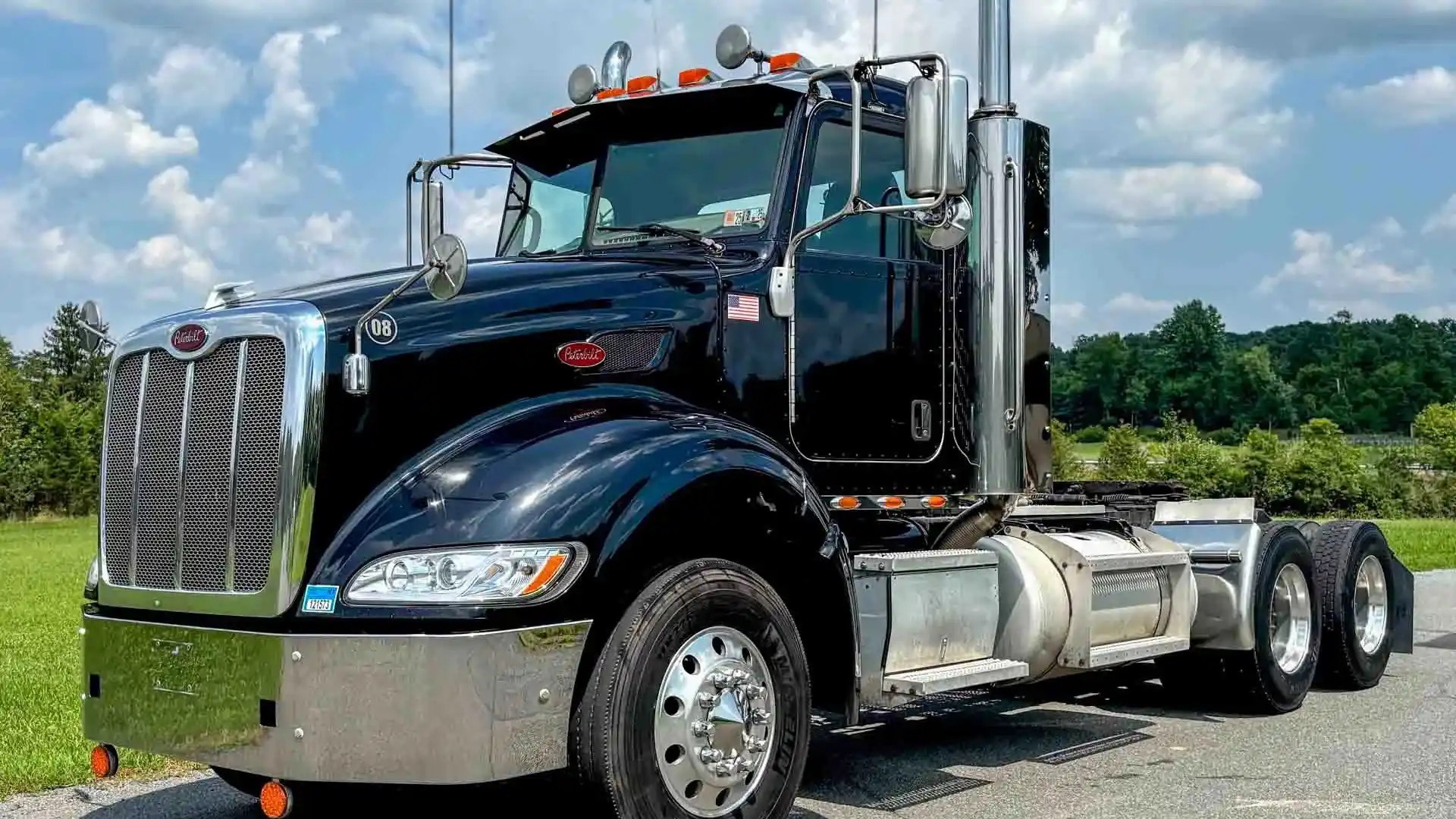In a bid to bolster domestic truck manufacturers against foreign competition, particularly from Mexico, President Donald Trump announced on October 6 that all medium and heavy-duty trucks imported into the United States will face a 25% tariff beginning November 1. This move marks a significant escalation in the administration’s efforts to protect the interests of American manufacturers.
Rationale Behind the Tariff
The Trump administration’s decision is rooted in claims of national security, emphasizing the need to safeguard American brands like Peterbilt, Kenworth (both under Paccar), and Freightliner (a division of Daimler Truck). Although the enforcement date has been pushed back by a month, the scope of the new tariff remains unchanged.
Previously, trucks had been primarily imported from major allies such as Mexico, Canada, Japan, Germany, and Finland, all of whom President Trump argues do not threaten U.S. national security. The new tariff will impact a wide range of vehicles including delivery trucks, refuse trucks, public service vehicles, school buses, transit buses, heavy-duty tractors, and specialized vehicles.
Impact on Trade Agreements
Currently, the U.S. imposes a 15% tariff on light-duty vehicles as per existing trade agreements with Japan and the European Union. However, it remains unclear whether this current tariff applies to heavy-duty trucks as well. The Trump administration continues to allow deductions for parts sourced from the U.S. when calculating import tariffs on trucks assembled in Canada and Mexico.

Supply Chain Concerns for North America
Under the United States-Mexico-Canada Agreement (USMCA), trucks are exempt from tariffs if at least 64% of their parts come from North America, including components like engines and chassis. Analysts warn that this new 25% levy could dramatically increase import costs for trucks that do not meet this localization requirement, potentially disrupting the North American automotive supply chain.
A report from earlier this year indicated that imports of medium and heavy-duty trucks from Mexico had tripled since 2019, totaling around 340,000 units, according to U.S. government figures.
Reactions from the Business Community and Allies
The U.S. Chamber of Commerce has urged the Department of Commerce not to implement the new tariff, highlighting that the top five countries exporting trucks to the U.S. are significant allies that do not pose a national security threat. The Mexican government has strongly opposed the tariff announcement, pointing out that approximately 50% of the value of trucks exported to the U.S. originates from American-made parts, including diesel engines. Last year, the U.S. imported around $128 billion worth of heavy vehicle parts from Mexico, accounting for 28% of total parts imports.
Shipping Industry Faces Uncertainty
The new tariff poses challenges for major automotive companies. Stellantis, the parent company of Chrysler, produces the Ram Heavy Duty line and commercial vans in Mexico and has previously lobbied against high tariffs on vehicles imported from Mexico. Meanwhile, Volvo Group has committed to a $700 million investment to build a heavy-duty truck factory in Monterrey, Mexico, slated to start operations in 2026. The facility is set to host 14 truck and bus manufacturers, as well as two engine makers, according to the U.S. International Trade Administration (ITA).

Analysts Warn of Potential Negative Effects
Experts are voicing concerns that the 25% import tariff may result in significant disruptions to the North American automotive supply chain, raise truck prices in the U.S., and put pressure on American manufacturers relying on components from Mexico. While the administration insists this measure aims to enhance competitiveness among domestic businesses, analysts warn it could backfire, as increased production and transportation costs come at a time when the U.S. economy grapples with inflation.
The challenge now is balancing the need to protect domestic interests while avoiding inflationary pressures that could harm the overall economy.

